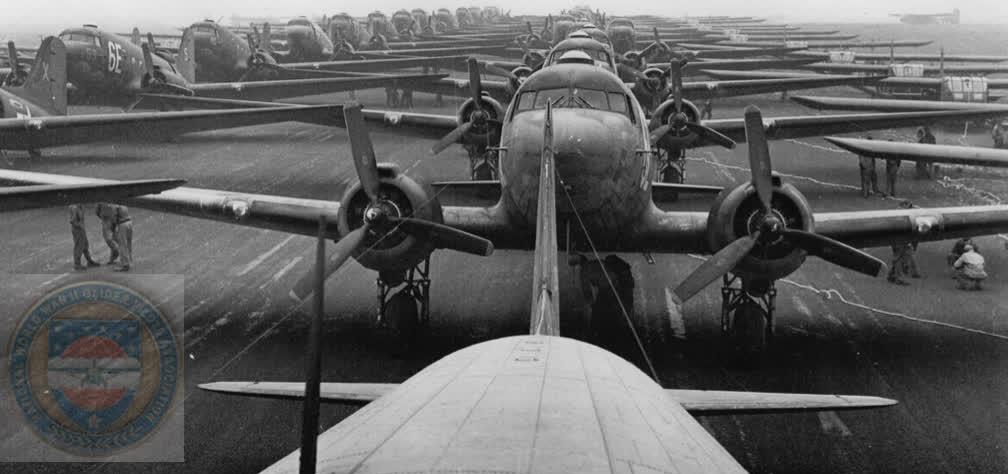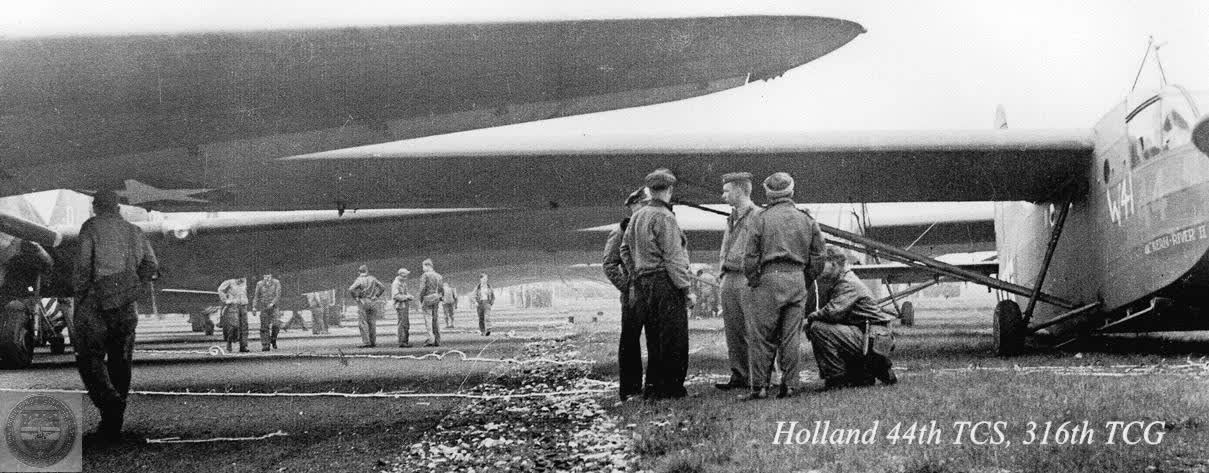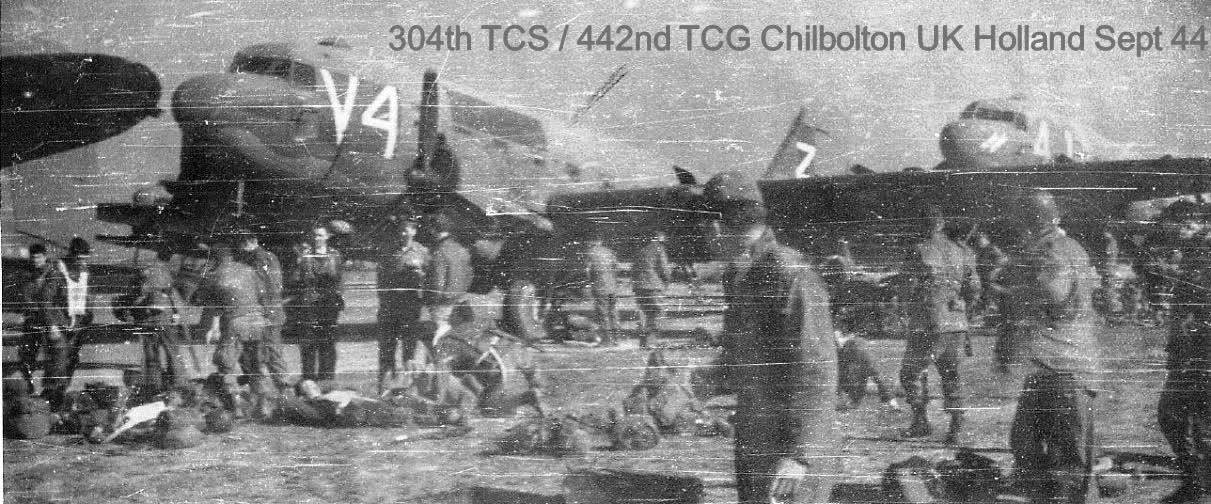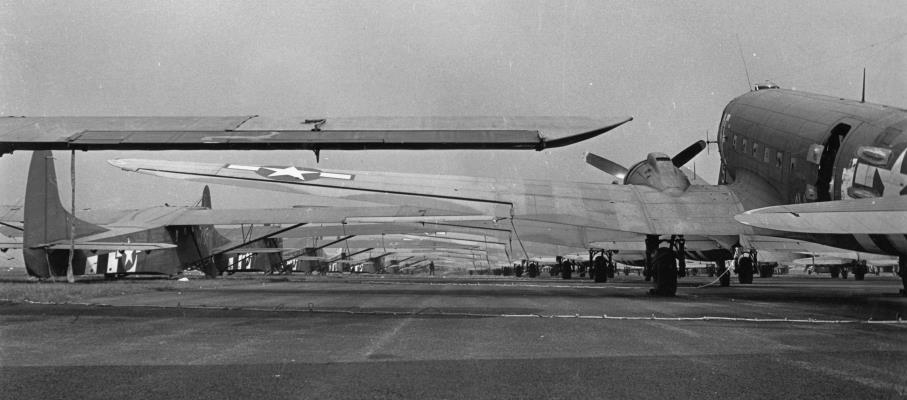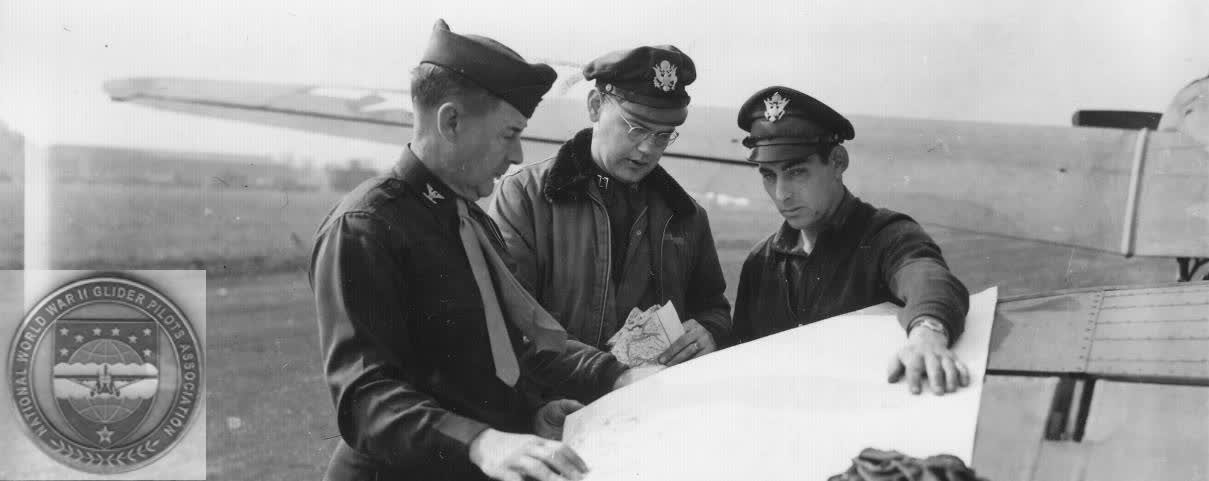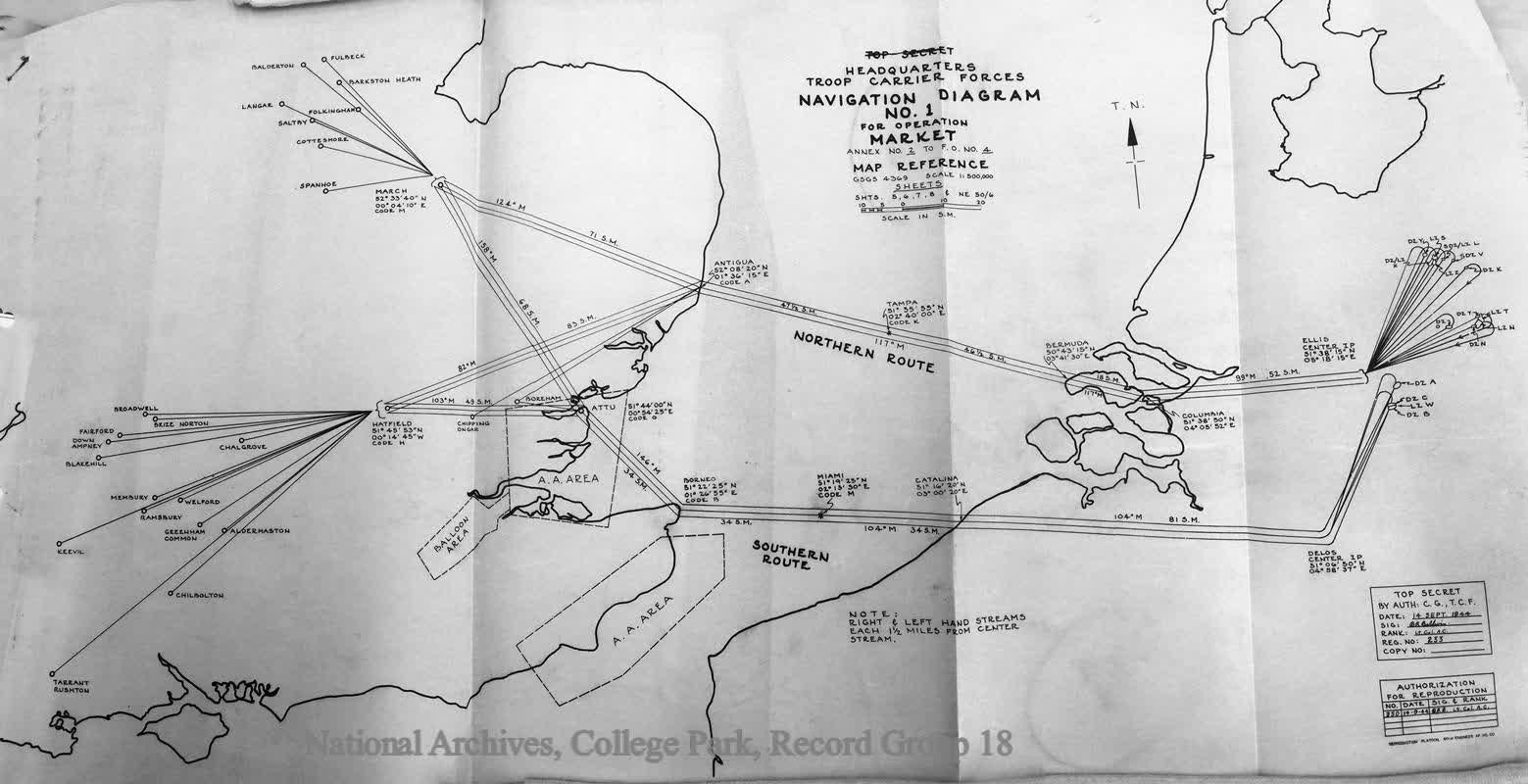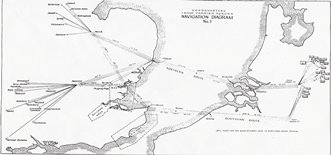National WWII Glider Pilots AssociationLegacy Organization of veterans National WWII Glider Pilots Association. | ||
|
On 17 September 1944, the first mission of the newly formed First Allied Airborne Army took off. The objective of this operation was to form a bridgehead on the north side of the Rhine River and to gain easy access to the German Industrial area (Ruhr area) and the plains of northern Germany, suitable for rapid tank warfare. The chosen drop and landing zones were near the objectives of main importance, although some were a considerable distance because of the chosen zones. The 101st Airborne Division was to land near Son and Veghel. The bridges over the Wilhelmina canal at Son, bridges over the Dommel River at Sint Oederode and Eindhoven and the bridges over the Zuid-Willemsvaart canal at Veghel were the main objectives. The 82nd Airborne Division was to land near Grave and Groesbeek. The bridges over the Maas River at Grave, over the Maas-Waal canal and the big span over the Waal River at Nijmegen were key objectives. The high ground around Groesbeek was of strategic importance. At landing zones about 15 miles from the Arnhem Bridge, the British 1st Airborne Division would land. A drop zone south of the bridge was to be used for the drop of Polish paratroopers a few days later, when this area would become suitable as it came under British control. The route from England, where all the Airborne Divisions were located, to Holland was to go over two different lines; a northern and a southern route. Each route would also have three lanes, so that ‘traffic’ could fly in their own lane to the objective without crossing other formations. 17 SeptemberD-day for the Market Garden operation: From all over England C-47s departed with their loads to Holland. Except for a small detachment of British paratroopers, all paratroopers were dropped by US IX Troop Carrier Command. 143 C-47s dropped British paratroopers without any problem. 482 planes were used to drop the 82nd and 428 to drop the 101st Airborne Division. This first operation day, gliders were used to bring in heavy equipment. Fifty tow planes and gliders took off for a flight to Groesbeek. Seventy combinations took off from Ramsbury to land at Landing Zone W at Son. Crossing the front lines proved to be costly as the glider serial for the 101st was hard hit. 18 SeptemberThis second day of the operation saw large glider operations. Except for the British gliders (which was totally a Royal Air Force operation) US C-47s dropped British paratroopers north of the Rhine River. The US Airborne Division had all their paratroopers flown in on the first day. This second day was one to bring in jeeps, artillery, medical units and glider infantry. The mission was postponed by a few hours and finally took off at about noon. Because of the weather, all the planes flew the Northern route on this day. A few gliders failed to reach the continent and a small number failed to reach the landing zone. The Serials bringing in the 101st Airborne Division lost a few tow planes. One gliders wing was shot off and crashed. The glider landings for the 82nd Airborne Division encountered some more problems. As with the Serials for the 101st, a few gliders failed to reach the landing zone and landed en route. From the Initial Point (IP) at Vught it became rougher. A few tow planes were shot down and gliders landed in occupied territory. Some of the glider pilots and glider riders were lucky to evade capture with help of the Dutch underground. Others had less luck and became prisoner of war. Upon reaching the landing zones, the gliders became subject of German fire from machine guns, mortars and artillery. The 82nd Airborne Division had just repulsed a German attack and recaptured the landing zones. If the glider lift would have landed as scheduled, they would have landed amidst the German forces. Two Squadrons saw part of their gliders overshooting the landing zones and ending up in between the frontlines. Few of the men were able to get back to friendly lines. A small group of gliders even landed 15 miles inside Germany. All men in those gliders were captured. One Squadron landed on the wrong landing zone, which was lucky as it was in American hands and far away from German resistance. Another group landed near the southern borders of the Reichswald forest. Despite German forces in the area, they grouped and were able to join the main body of the 82nd Airborne Division at night.
19 SeptemberThe third day of the Holland operation turned into a fiasco. Bad weather delayed take off and the glider operation in support of the 82nd Airborne did not come off at all. By noon, the Serials heading for the LZ near Son took off to fly the Southern Route again. Weather was bad and a lot of Glider Pilots flew at the “angle of dangle”. They could not see the tow plane and the tow rope was what they had to focus on. Formations entered the clouds over the English Channel only to come out on the other side alone or in small groups. A lot of gliders ended up on the water surface. After crossing the channel, things did not get easier and a number of gliders did land in the western part of Belgium. Crossing the front lines and finding the LZ proved to be a rough task. Gliders and tow planes were lost as they were shot down, and also lost on the map, as they missed the LZ. One entire Serial of 40 tow planes and 40 gliders never made it to the continent. Over the channel they got the order to return home. This day’s operation proved to be the worst in the entire operation. Ninety gliders failed to reach the LZ. Fourteen Glider Pilots died as a result of this days operation. Fourteen tow planes were shot down, claiming the lives of eighteen crew members. Again, Dutch and Belgium underground proved their value and some of the men who mis-landed were hidden for over a month.
23 SeptemberThe next few days did not see any glider operations. Troop Carrier planes did bring in supplies to the American airborne divisions in Holland. On September 23rd, the last glider mission to Holland took off. The 82nd Airborne did get their long delayed reinforcements; the 101st would receive the part that turned back to England on the 19th. Again, the southern route was flown. This time, the turning points were removed a little bit, so that the armada would fly over Allied territory the entire flight. For those gliders for the 101st, this proved to be a milk run without much difficulty. Those Serials for the 82nd Airborne had more problems. German forces were at strength in the Veghel area and the corridor was small, meaning that Allied territory was very small in that area. Almost 20 gliders of one Serial landed in the Schijndel area. The Serial was flying too far to the west of the corridor. Another Serial flew too far to the east and over an area containing German forces who had just been beaten back from Hell's Highway. This was in the Uden area and between 20-30 gliders landed in this general area. Beside these two hot spots of anti-aircraft fire, the operation was not too difficult. A last Troop Carrier mission was flown on 26 September, when C-47s landed at an airstrip near Grave. They brought in British troops and evacuated Glider Pilots and survivors of the Arnhem battle who had just been evacuated from their bridgehead over the Rhine. The evacuation ended the operation, although the US airborne divisions stayed in Holland for over a month. After landing their gliders, the glider pilots started to do all kind of jobs. Collecting supplies dropped from the air. At Son (101st A/B area) as well as near Mook (82nd A/B area) the Glider Pilots were on guard duty at the POW cage. At Mook, the Glider Pilots were also sent into the front lines; the first time that US Glider Pilots were used for this task. This was done because the 82nd lacked man power due to the delay of the 19 September glider lift. At the frontlines, the glider pilots were fired on by machine guns and artillery, but luckily none of the Glider Pilots were seriously injured. By a twist of bad luck, the same group of Glider Pilots who had entered the front lines were in the midst of fighting during their evacuation. Heading from the Mook area to Brussels, they passed the town of Veghel. Just after passing the town, the Germans attacked the road at the time the Glider Pilots were passing by. A number of the trucks were lost and some of the Glider Pilots were taken prisoner. The majority were able to turn back to Veghel and wait until the road was open again. In figures, approximately 1820 US gliders were dispatched to land in Holland. Approximately 1570 did so. The other gliders landed scattered along the route from take-off point to the LZ. Thirty-eight gliders pilots lost their lives in this operation. Approximately 80 C-47s were lost, claiming the lives of about 125 men. (6) Beside the efforts of the XI Troop Carrier Command in this operation, the RAF did their part. They towed all British gliders (679) to the Arnhem area. As with the Americans, not all did reach their objective. The RAF was also heavily involved in resupplying the British north of the Rhine. This proved to be a costly operation and a large number of resupply planes were lost.  
|
ASSAULT MAP. FIRST HAND ACCOUNTS. Otto Lyons 19 - 2019 Full feature documentary. (0:37:46)OPERATION “MARKET” The Airborne Invasion of Holland, September 17, 1944 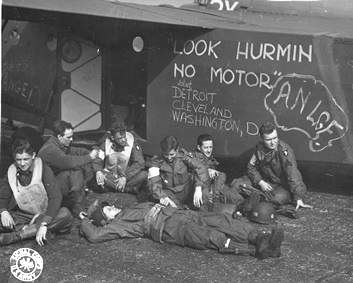
National Archives/NWWIIGPA collection 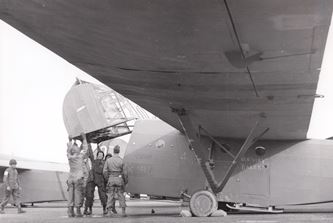
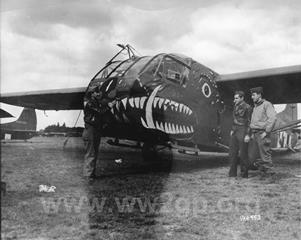
National Archives/NWWIIGPA collection The route from England. 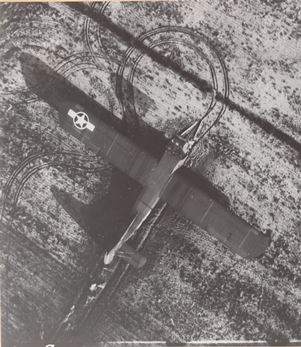
National Archives/NWWIIGPA collection 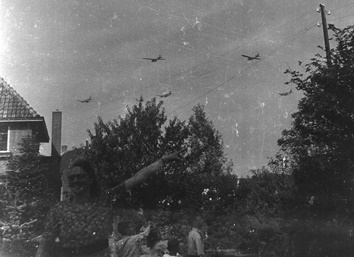
(H. den Brok collection) 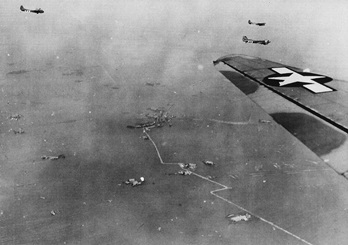 (National Archives/H. den Brok collection) 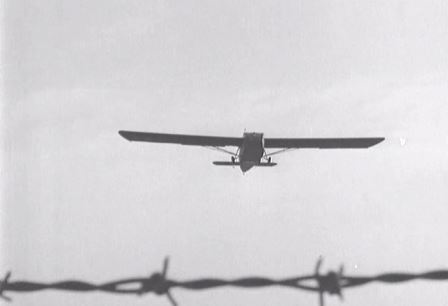 (National Archives - Still Signal Corps film/H. den Brok collection)
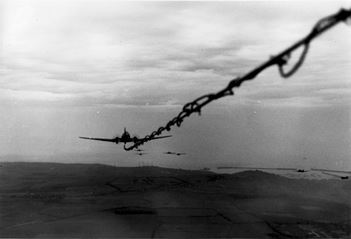 (M. Litton/H. den Brok collection) |

